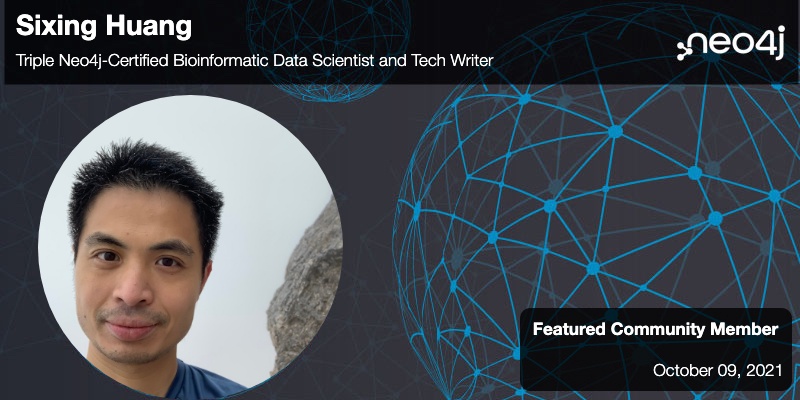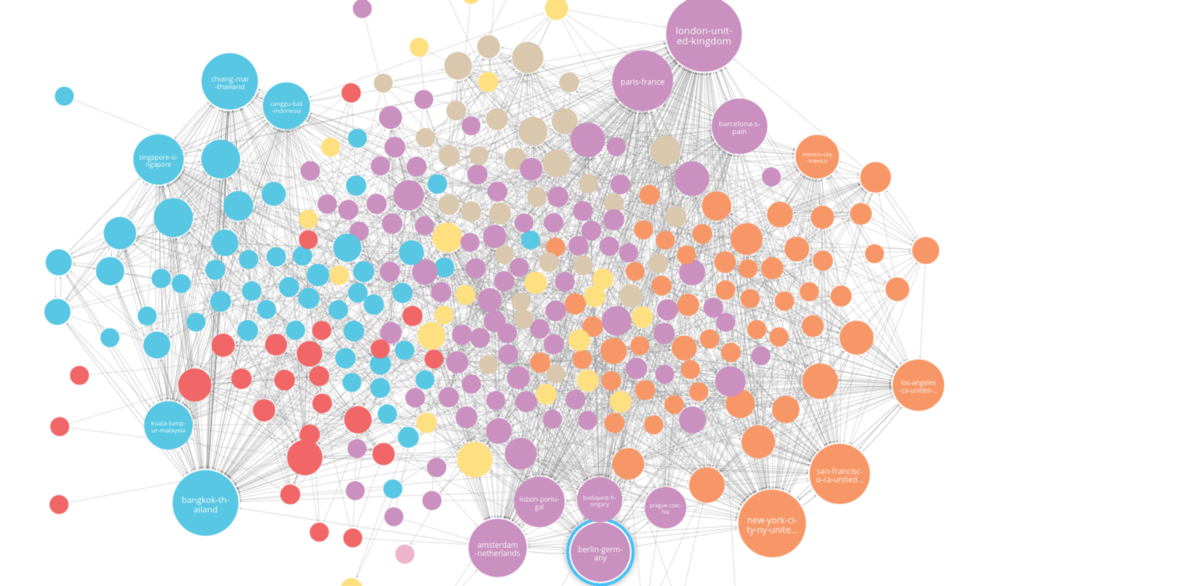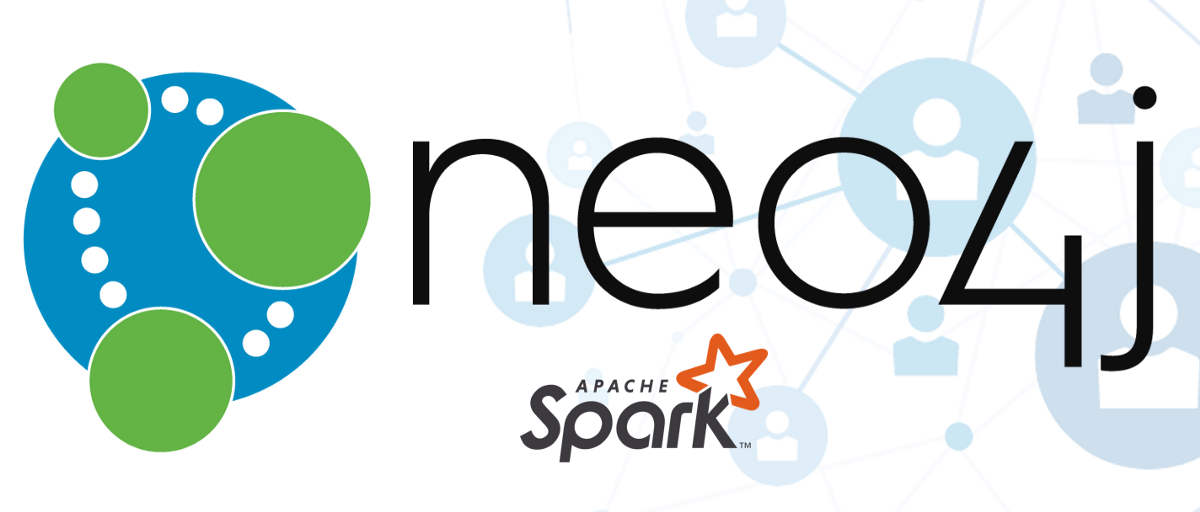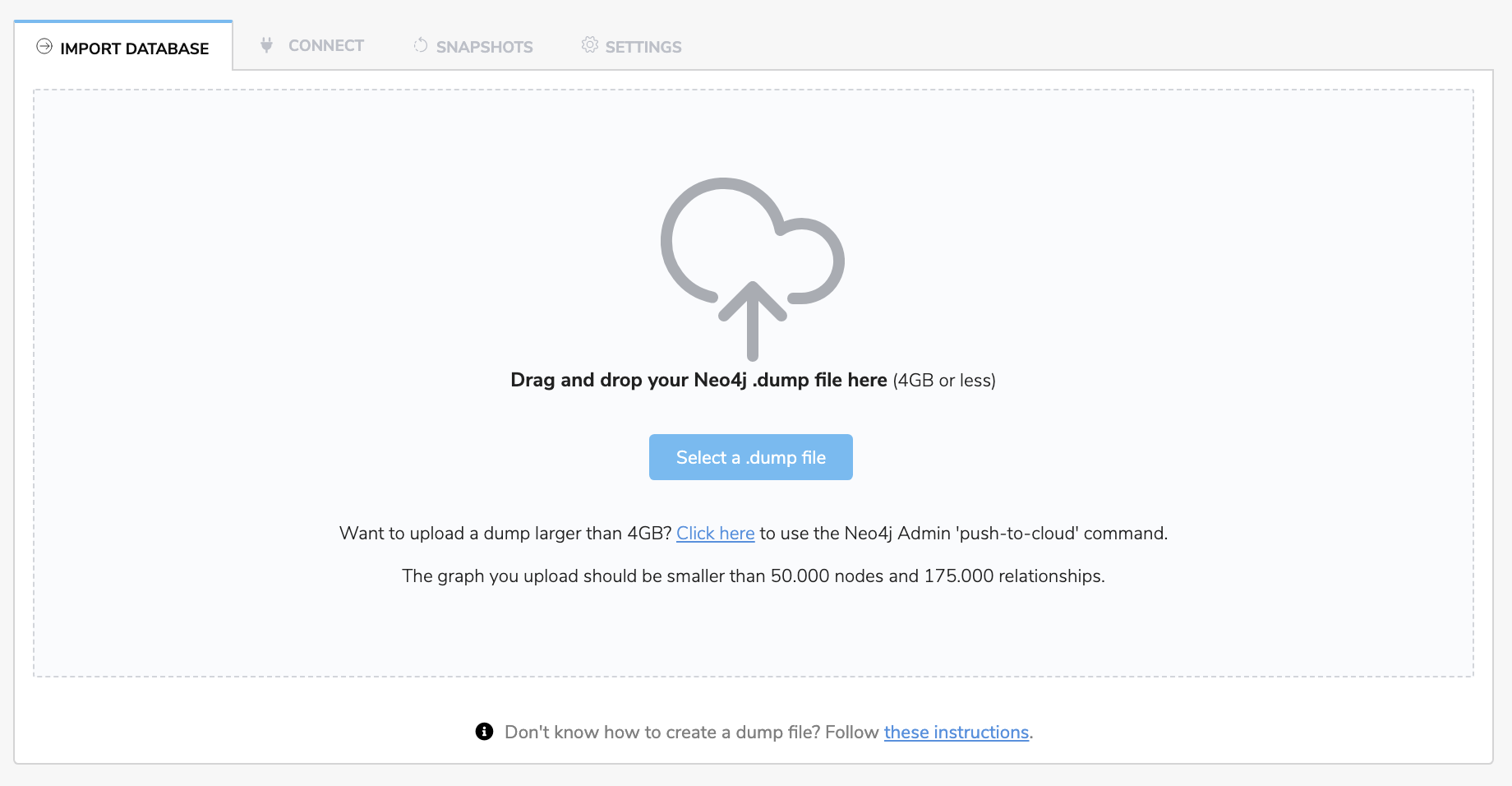Michael Hunger shows us how to load dump files into Neo4j AuraDB from different sources, and we also have an in-depth article about Neo4j performance architecture, as well as some tuning tricks by Benjamin Guegan.
Featured Community Member: Sixing Huang

Sixing Huang – This Week’s Featured Community Member
Thank you so much Sixing for all your amazing articles! Please keep them coming, and good luck on your well-advanced journey into the analytics space.
New Features in GDS 1.7.0
 Neo4j’s GDS 1.7 release introduces machine learning pipelines for graph native link prediction. Link prediction is valuable, but we heard you when you said it was hard! In this release, we made things easier for you by adding the ability to define link prediction pipelines. A pipeline lets you define all the steps you want to take to build your predictive model, assembles them into a workflow, and then enables you to apply those defined steps to data to train your best model.
Neo4j’s GDS 1.7 release introduces machine learning pipelines for graph native link prediction. Link prediction is valuable, but we heard you when you said it was hard! In this release, we made things easier for you by adding the ability to define link prediction pipelines. A pipeline lets you define all the steps you want to take to build your predictive model, assembles them into a workflow, and then enables you to apply those defined steps to data to train your best model.Travel Pattern Discovery of Digital Nomads
 Being a digital nomad myself, this article written by Tomaz Bratanic about travel patterns of digital nomads stood out to me. Digital nomads are a group of people who travel to different places in the world and take their job with them, allowing them to have an exciting work-life balance. But where do they go?
Being a digital nomad myself, this article written by Tomaz Bratanic about travel patterns of digital nomads stood out to me. Digital nomads are a group of people who travel to different places in the world and take their job with them, allowing them to have an exciting work-life balance. But where do they go?New Course: Graph Data Modeling
This week, we are happy to announce our new course: Graph Data Modeling. Perhaps you had some experience with Cypher or have already taken our Cypher fundamentals course, but you are not sure how to use it to build a graph database model. Then this course is for you.
The course covers the concepts of graph modeling and how to refactor an already existing graph database model.
Neo4j Performance Architecture and Tuning
 Benjamin Guegan wrote about how Neo4j performance architecture works and shared some tricks on tuning your graph to optimize performance. He digs deep into concepts like the query processor, execution engine, and how the physical structure of nodes affects performance.
If you’re interested in understanding more about Neo4J performance and architecture, then this is something you should read.
Benjamin Guegan wrote about how Neo4j performance architecture works and shared some tricks on tuning your graph to optimize performance. He digs deep into concepts like the query processor, execution engine, and how the physical structure of nodes affects performance.
If you’re interested in understanding more about Neo4J performance and architecture, then this is something you should read.
Learn About Performance Architecture
Creating Clinical Knowledge Graph with Spark NLP & Neo4j
 This blog post will show you how to create a basic Knowledge Graph using Spark NLS using Neo4J.
This blog post will show you how to create a basic Knowledge Graph using Spark NLS using Neo4J.
Spark NLP is an open-source NLP library under the hood of Apache Spark and Spark ML. It provides a unified solution for all NLP needs by an easy API to integrate with ML Pipelines.
Learn More About Spark NLP & Neo4j
Getting Dumps and Example Projects Into AuraDB Free
 Regardless of where you start your graphista-journey, moving your data into AuraDB Free is a great way to move on to the next step towards a production solution with managed Neo4j in AuraDB.
Regardless of where you start your graphista-journey, moving your data into AuraDB Free is a great way to move on to the next step towards a production solution with managed Neo4j in AuraDB.
Michael Hunger will show you how to get your dump files loaded into AuraDB from Sandbox, Neo4j desktop, or an example dataset in this blog post.

A Deep Dive into Neo4j Link Prediction Pipeline and FastRP Embedding Algorithm
Learn About Link Predictions
Tweet of the Week
600 journalists & the @ICIJorg continue to rely on Neo4j for the world’s largest-ever journalistic collaboration — the #PandoraPapers. https://t.co/LeKFDHutij ? Please join us in congratulating the valued contributors and investigative journalists. pic.twitter.com/DSlMc5n7Gn
— Neo4j (@neo4j) October 5, 2021
Related Articles



